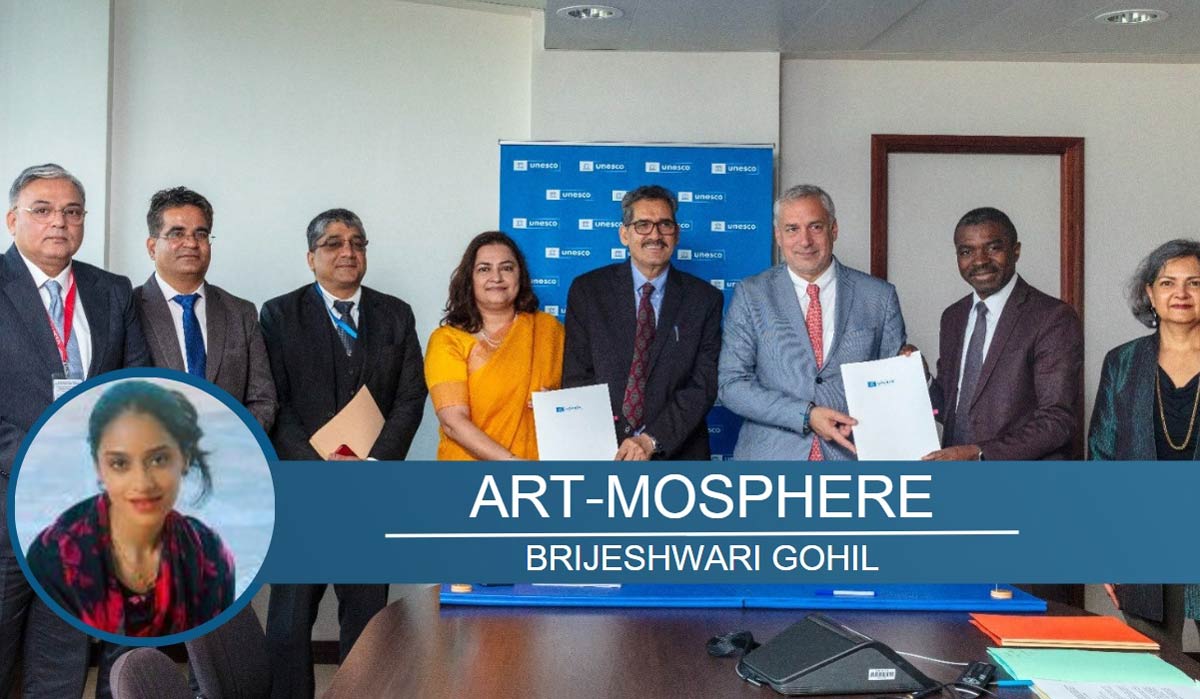In 2021, India had the opportunity to be re-elected as part of the World Heritage Committee. Merely three years later, we are proud to be hosting and chairing the World Heritage Committee annual meeting for the first time. The 46th committee meeting, scheduled to start on July 21 at Bharat Mandapam, New Delhi, will have 2,500 delegates from 195 countries discussing UNESCO’S World Heritage list.
The Committee is the sole custodian for protecting and promoting cultural, natural, tangible and intangible heritage across the globe. Presently, India has 42 World Heritage sites. Having a UNESCO tag has been beneficial in terms of these historic structures being preserved and promoted. The tag is also a badge of honour and pride for India, inspiring people across the nation to value their heritage.
The agenda of the meeting will range from reviewing existing World Heritage Sites as well as adding new sites to the list. There will also be a discussion on funding for UNESCO Heritage sites, which is of high importance given the significance of these monuments and the tourist footfall they receive. Especially in a post-pandemic world, sustainability and integration of local communities have been a pressing concern.
While hosting the meeting is a feather in the cap for India where cultural diplomacy is concerned, the event gives the country the opportunity to showcase the nation’s heritage and boost tourism. Drawing inspiration from the meeting, a public art programme has been initiated by the ministry of culture.
Project PARI (Public Art of India) welcomes over 150 visual artists to create murals, sculptures, art installations and bring forward their artistic talents.
What I love about this project is that besides being accessible to everyone, the manner in which it aims to put forward India’s traditional art forms is beautiful. Ranging from Tanjore paintings of Tamil Nadu, Cherial painting of Telangana, Pithora Paintings of Gujarat, to Pahari Miniatures of Himachal Pradesh, there will be a presentation in a traditional as well as a contemporary format.
Building on these art forms is a young generation of artists, who are not only keeping their family legacies alive but also making the art relevant for the present generation.
Sai Kiran from Cherial is one such artist who has been practising Cherial making ever since he was a child. Cherial making originally involved creating bright, beautiful art scrolls.
A few years ago, I had the opportunity to visit Sai and his family in their village in Telangana. I was fascinated to see them use their local pigments, dyes, and materials, ranging from the handmade paper for the scroll to the paint brush made with squirrel hair. His father mentioned that it was the fineness of the squirrel hair that accentuated the delicate lines in his work.
Traditionally, these scrolls would narrate stories, mostly related to local folklore and mythology and were used by story-tellers across the region's villages—a form of entertainment that thrived prior to cinema and now OTT.
Today, Sai has managed to successfully contemporise this art form, creating usable and wearable art, and now coming up with a beautiful art work for Project PARI. The opportunity to have people from across the globe see and learn about this art form will be highly beneficial for Indian arts.
Lalit Kala Akademi and the National Gallery of Modern Art, New Delhi, who are executing the project, have taken great care to make sure that the narrative is not only visually engaging but is also educational and provides a platform for these artisans.
I do wonder why we do not have a school or college in India that brings together traditional art forms and contemporary practices, or gives artisans practising traditional art forms of India the ability to enhance and diversify their skills.
Beautifying public places allows locals and tourists to engage with art, draw inspiration from traditional forms and learn more about ‘lok kala’ or traditional art.
Given that the Kochi-Muziris Biennale, a public art programme, scheduled to take place in December 2024 is being scrapped because of a lack of funds, it does make me wonder, does it always take an event of international relevance for a government project like this to be put together?
Is heritage a matter of intermittent attention?
 India signed the host country agreement with UNESCO for the 46th session of the World Heritage Committee to be held in New Delhi from July 21 | via X
India signed the host country agreement with UNESCO for the 46th session of the World Heritage Committee to be held in New Delhi from July 21 | via X

